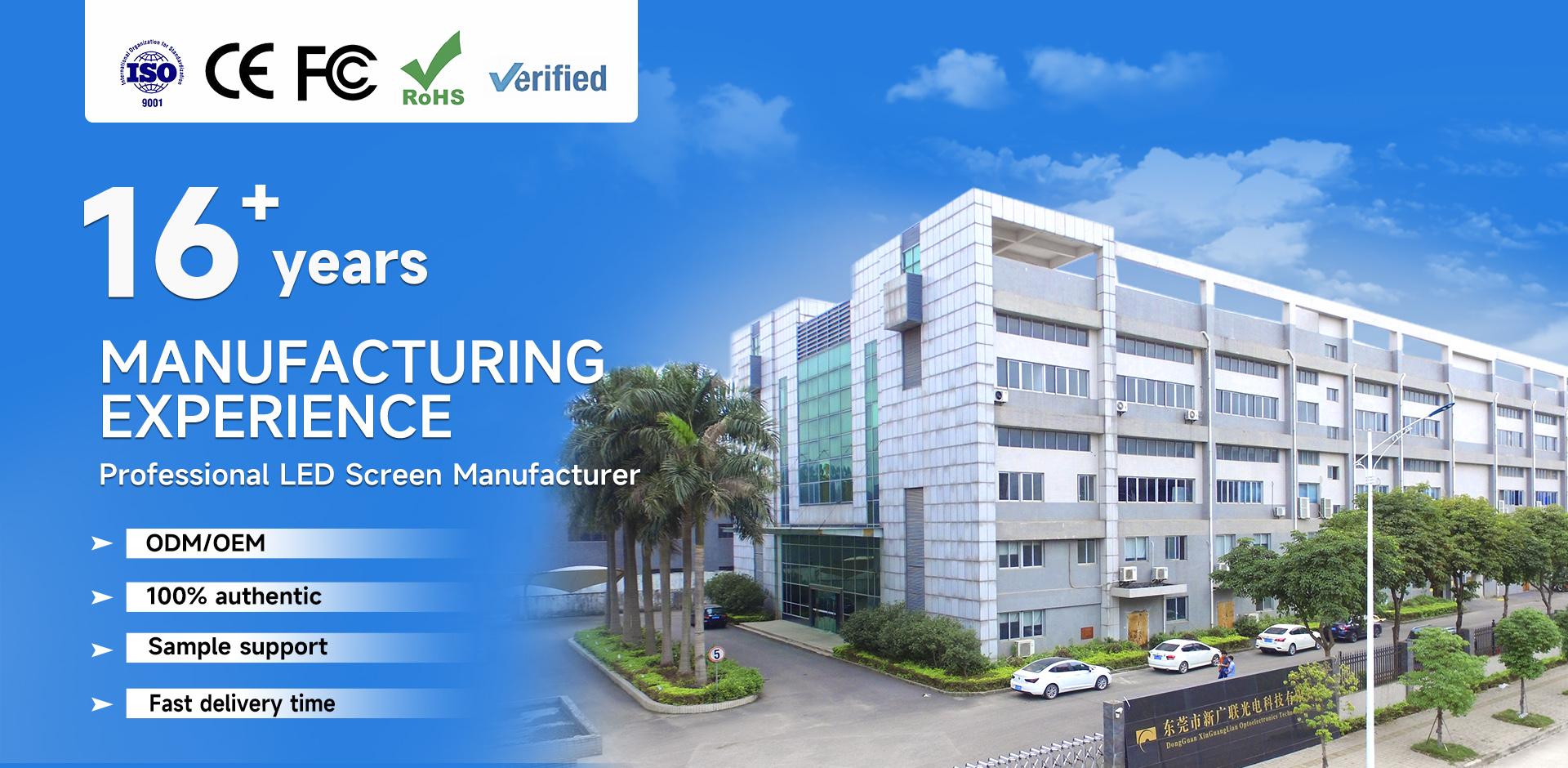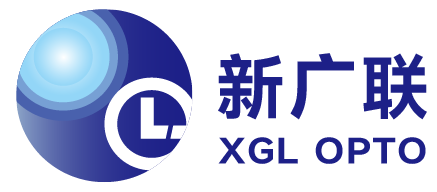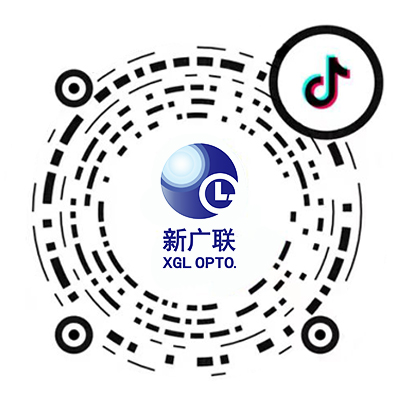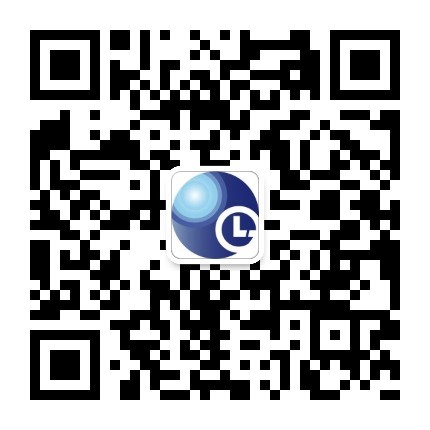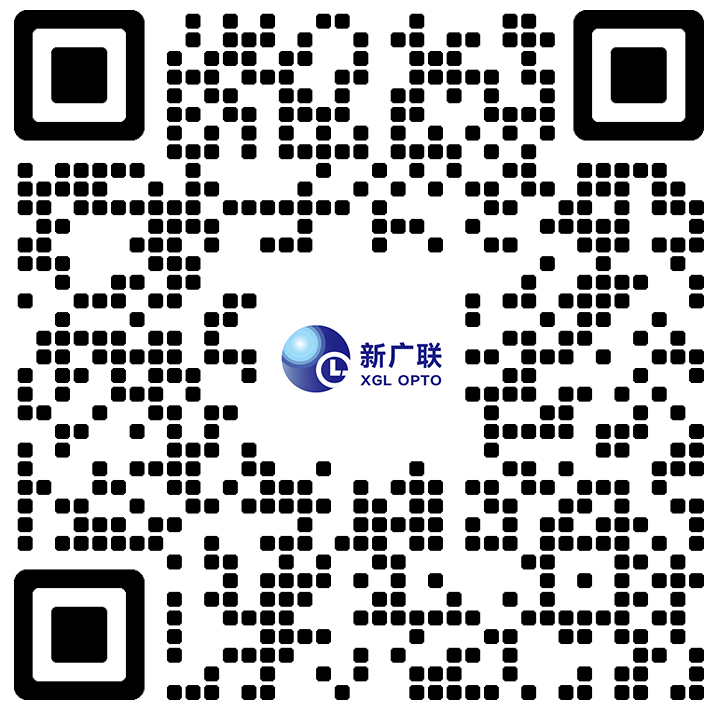I. Technical Principles: Packaging Defines Core Differences
COB Technology (Chip on Board) bonds LED chips directly onto a PCB substrate, then encapsulates them with fluorescent glue to form an integrated light source layer—like "pouring a concrete wall" without gaps.
SMD Technology (Surface Mounted Device) first packages chips into individual lamp beads, then solders them onto the PCB, resembling "brick-laying" with physical gaps between beads.
Key Example: XGL COB screens adopt a "flip-chip process" where electrodes directly connect to the substrate without wire obstruction. In contrast, SMD typically uses a front-mounted process where gold wires block 20% of the light-emitting area—reducing COB's power consumption by 30% at equal brightness.
II. Performance Comparison: Three Core Dimensions
1. Display Quality
-
COB Advantages:
-
Seamless Surface Lighting: Integrated encapsulation eliminates pixel gaps, eradicating SMD’s inherent "grid shadow." Images appear as smooth as ink on rice paper.
-
Superior Color Consistency: XGL’s full-screen calibration achieves 20,000:1 contrast (SMD typically ≤10,000:1), delivering purer blacks.
-
SMD Characteristics:
2. Protection & Lifespan
-
COB Breakthroughs:
-
Full-chip encapsulation with IP65-rated front protection allows wet wiping.
-
80% lower failure rate than SMD (U.S. DOE lab data), enabling XGL’s "front-maintenance hard-link design."
-
SMD Weaknesses:
3. Efficiency & Maintenance
-
COB Energy Savings:
-
Maintenance Comparison:
III. Application Scenarios
| Requirements |
COB Advantages |
SMD Applications |
| High-end Meeting Rooms |
Seamless PPT details, 150° wide viewing angle |
Basic long-distance viewing |
| Airport Info Screens |
IP65 rating resists humidity, 24/7 operation |
Frequent maintenance disrupts flow |
| Corporate Showrooms |
20,000:1 contrast for true-color art display |
Limited color accuracy |
Industry Trend: COB holds >40% share in sub-1.0mm fine-pitch markets (2024), rapidly replacing SMD in medical/command centers.
IV. Challenges & Future Innovations
-
Current COB Limitations:
-
Innovations:
-
Optical Compensation Algorithms: XGL’s pixel-level calibration minimizes viewing-angle color shift.
-
Glass-Based COB: Replacing PCB with glass substrates improves heat dissipation and pixel density (0.4mm pitch achieved in labs).
Summary: COB revolutionizes display quality, durability, and efficiency; SMD retains cost advantages for basic applications.
Reflection: As "seamless display" becomes essential for public screens, how should future urban mega-screens balance visual impact with energy sustainability?
Data sources: IEEE, U.S. Department of Energy, Journal of Display Technology

